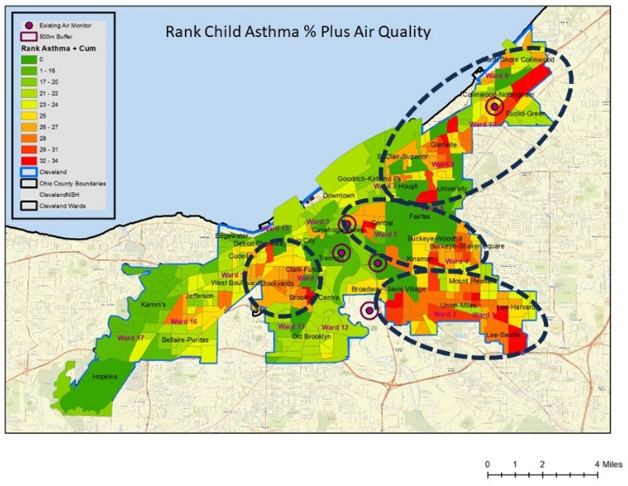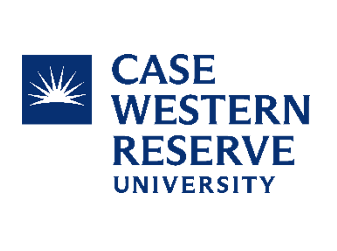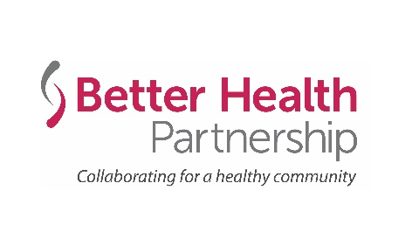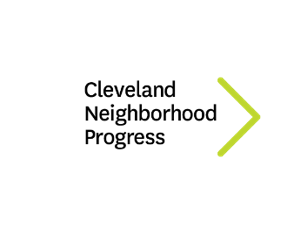Community Leveraged Expanded Air Network in Cleveland (CLEANinCLE):

Fill out the interest Form!
SVG Interviews: Spatial Video Geonarratives Interviews
What is CLEANinCLE?:
- A community air monitoring project led by the Cleveland Division of Air Quality (CDAQ).
- The project aims to expand Cleveland's air monitoring network by installing 30 sensors in different neighborhoods, guided by community input.
- Monitors for Particulate Matter 2.5 (PM 2.5), Particulate Matter 10 (PM10), and Ground Level Ozone.
- Gathers resident stories through interviews to understand the impact of air quality on the community.
- For informational videos CLEANinCLE, click here to visit the CDPH YouTube page
The Data Dashboard is Live
- The Interactive Data Dashboard will display near real time air quality measurements.
- The measurements displayed on the dashboard come from CDAQ EPA Regulated sensors and the low-cost Synetica air sensors.
- Click here to see the full Dashboard
Why is the CLEANinCLE Project Important?
- Empowers Residents: Provides residents with data about their air quality and empowers them to make informed decisions.
- Informs Decision-Making: Provides CDAQ with valuable data to identify air pollution hotspots and take corrective actions.
- Improves Healthcare: Helps health partners better understand and respond to respiratory issues in different neighborhoods.

How can you get involved?
Fill out the interest Form!
SVG Interviews: Spatial Video Geonarratives Interviews
- What is a SVG Interview?
- During a SVG Interview, Cleveland residents will ride along in a car with CDPH employees around their community and be interviewed about their experiences. The interview will be recorded (audio only) and geolocated so that your story is tied to the location of the vehicle as the interview proceeds. Cameras will take video of the community during the interview that will tie your story to the specific location. From these interviews we will create maps that can provide valuable information and awareness regarding the possible gaps in the air monitoring network.
- Why are SVG Interviews Important?
- They collect the valuable information we need from Cleveland residents and are designed to hear from residents in their own words about areas of concern in their neighborhoods. The maps we create will also help us understand where we need to concentrate our inspection, enforcement and environmental policy efforts.
- Interested in sharing your story?
- Click here to fill out our online application or call 216-664-4181 and leave a voicemail containing your name, phone number, and a brief message saying you are interested in the SVG Interview Application.
- Attend Public Meetings: Learn more, share your concerns, help choose sensor locations, and contribute to the data dashboard design.
- Register online here or call (216) 664-4181 and leave the following information.
- Name
- Phone number
- Meeting you wish to register for.
- A staff member will return your call to confirm your registration.
- Volunteer: Assist with various project activities like distributing flyers, organizing neighborhood meetings, etc.
- Cleveland Neighborhood Progress: Builds community engagement through meetings and Clean Air Advisors.
- Case Western Reserve University: Provides technical support for sensors and the air quality dashboard.
- Better Health Partnership: Conducts interviews with healthcare providers to improve respiratory care.
- Cleveland Clinic Respiratory Institute: Acts as a medical advisor and interprets health data.
- Christina Yoka at Cyoka@clevelandohio.gov for more information or to express interest.
- The American Rescue Plan Enhanced Air Quality Monitoring for Communities grant funds the project.
- Read more about it here.
The next public meetings will be held in March or April 2025
Who are the CLEANinCLE Partners and what will they do?
Contact
Project Funding


